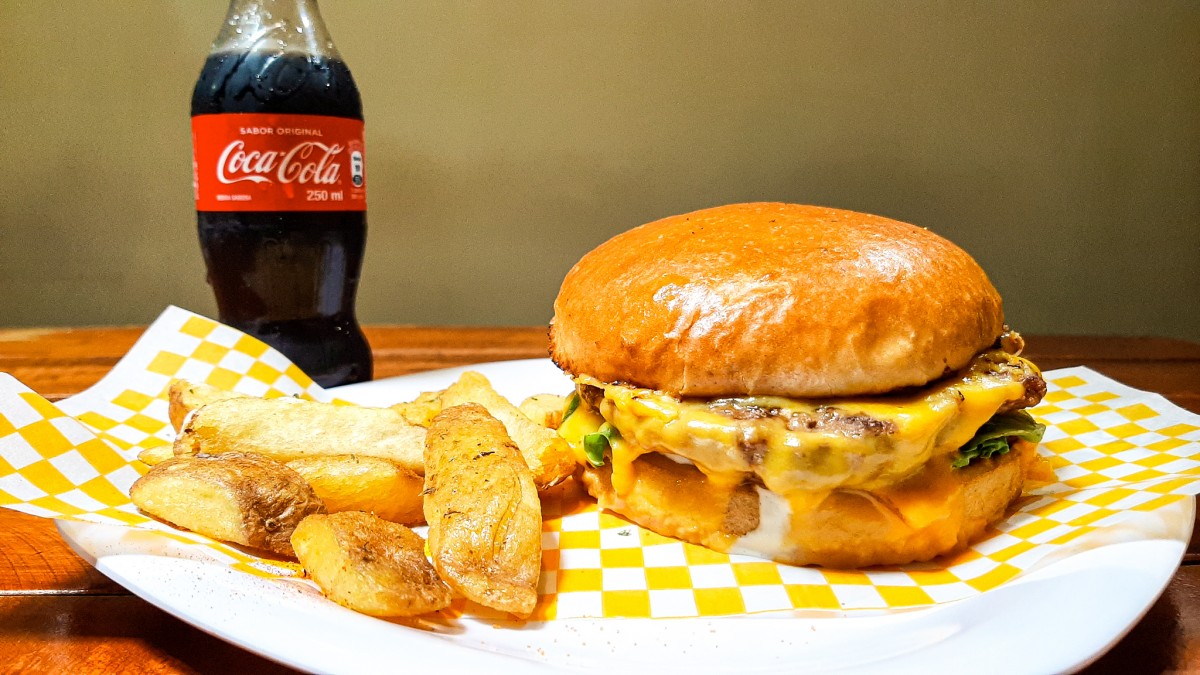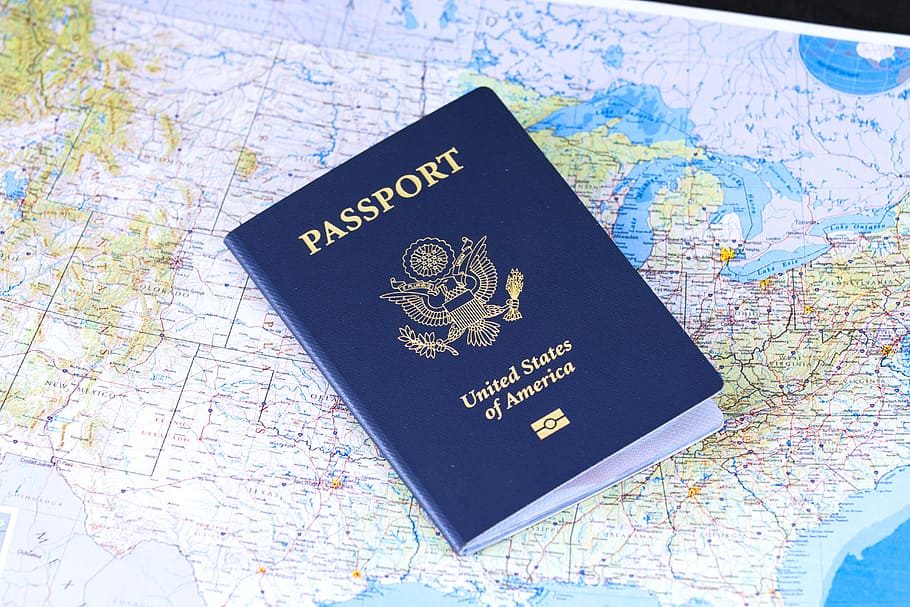Food in Europe has evolved through the numerous nutritional messages and the variety of products available in European countries. As for food in Asia, Africa, and North or South America, disparities exist.
1. In qualitative terms

We can identify these common features:
– A balanced diet: nutritional messages are conveyed in the different European countries, thus raising awareness among the population to adopt a balanced diet. More and more people are following these messages. This has also contributed to the explosion of nutritional claims on food packaging.
– But also junk food: snacking and industrial dishes also have their place on European tables. Many people are addicted to them.
– The “world cuisine” trend: it is now effortless in Europe to obtain culinary ingredients from other continents. This has contributed to their introduction to the daily life of European tables.
2. In geographical terms

There are trends according to zones:
– The food culture of Eastern countries: very rich in starchy foods, crucifers, and smoked products.
– Gastronomic food: of which France is the emblem. The cuisine is then elevated to the rank of art and made with basic foods of choice. The culinary techniques occupy a central place.
– The Mediterranean diet, which includes the “healthy” Cretan diet: semi-vegetarian, very rich in olive oil, fish, vegetables, and colored fruits.
3. Essential foods of the European diet

In Europe, all food groups are represented:
– Starchy foods: potatoes and wheat-based starchy foods are the most common. Pulses also tend to occupy a vital place again. They are generally present at all meals. From breakfast to dinner, including snacks. This would be the origin of many pathologies and being overweight.
– Vegetables: an extensive range of vegetables is on the tables. Eastern countries eat a lot of cabbage, Mediterranean countries eat a lot of eggplants, tomatoes… They are present at both main meals.
– Fruit: fresh or dried. Fruits, seeds, and oilseeds are increasingly consumed as snacks.
– Dairy products: strongly represented with milk, yogurts, and cheese.
– Meat/fish/eggs: all are consumed in all European countries.
– Fats: neutral oils (rapeseed, sunflower, peanut) and olive oil are the majority. Butter and margarine are also used.
– Sweetened products: strongly present at breakfast, in desserts, or snacks.
– Beverages: coffee, tea, infusions, fruit juices, sodas, alcohol…
4. European cuisine

Depending on the region of a country and the country, there are many culinary specialties. It isn’t easy to select only one thing common to all countries.
European food: around the meal
– In Europe, people eat three meals a day, usually at fixed times, sitting at a table with cutlery.
– One or two snacks may be taken per day.
– Depending on the country or family culture, the meal is either composed of a single dish and a dessert, or a starter, a main dish, and a dessert.
– The quantities cooked are relatively reasonable.
– Dinners are traditionally taken with the family. Lunches are often taken in school cafeterias for children and company restaurants for adults. Generally, these meals in collective structures in Europe must meet a certain dietary balance dictated by legal texts (for example, in France: GEM-RCN).
Hope you have liked this post. Remember to jot down a few words below to tell us about your experience.


